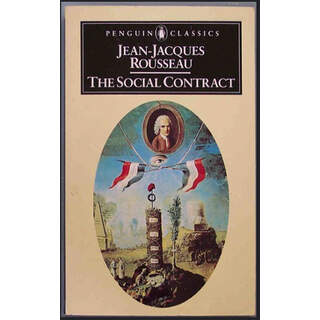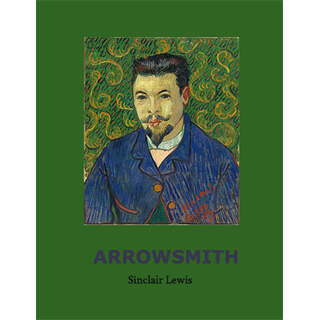The Dancing Girl of Izu by Yasunari Kawabata
The Dancing Girl of Izu and other Stories, Yasunari Kawabata, 1926, novel
The Dancing Girl of Izu or The Izu Dancer is a novel by Japanese writer and Nobel Prize winner Yasunari Kawabata first published in 1926.
The narrator, a twenty-year-old student from Tokyo, travels the Izu Peninsula during the last days of the summer holidays, a journey which he undertook out of a feeling of loneliness and melancholia. His paths repeatedly cross with a troupe of five travelling musicians, one man and four women, while heading for Mount Amagi tunnel. He is impressed by the beauty of the youngest looking woman in the troupe, who carries a heavy drum, and decides to follow them.
After traversing the tunnel, Eikichi, the troupe's male leader, starts a conversation with him, telling him that he and his companions are from Ōshima Island and on a short tour before the cold season sets in. In Yugano, where the group rests for the night, the narrator learns from Eikichi that the young woman, Kaoru, is his 14 year old sister. The other troupe members are Eikichi's wife Chiyoko, his mother-in-law, and a maid. In the evening, the musicians entertain guests in another inn in the village. The student hears Kaoru playing her drum, worrying if she might be harassed by her listeners.
The next day, the narrator witnesses the naked Kaoru coming out of the bath house, waving at him. The sight makes him laugh, realising that she is still a young, innocent girl. Although the day of his return to Tokyo is approaching, he accepts the musicians' offer to keep them company for another day. During a walk, the student overhears Kaoru and Chiyoko saying what a nice person he is, which enlightens him and distracts him both from his melancholia and from the fact that the group are poor, uneducated people. Eikichi's mother-in-law invites him to their home during his winter holidays, but later forbids Kaoru to accompany him to the cinema.
The next morning, the student enters a boat in Shimoda which takes him back to Tokyo, seen off by Eikichi and the grieving Kaoru. On the boat, he starts to cry, saddened by the parting but at the same time sensing a feeling of relief. Wikipedia
| Originally published | 1926 |
| Author | Yasunari Kawabata |
| Adaptations | The Dancing Girl of Izu (1963), The Dancing Girl of Izu (1933) |








